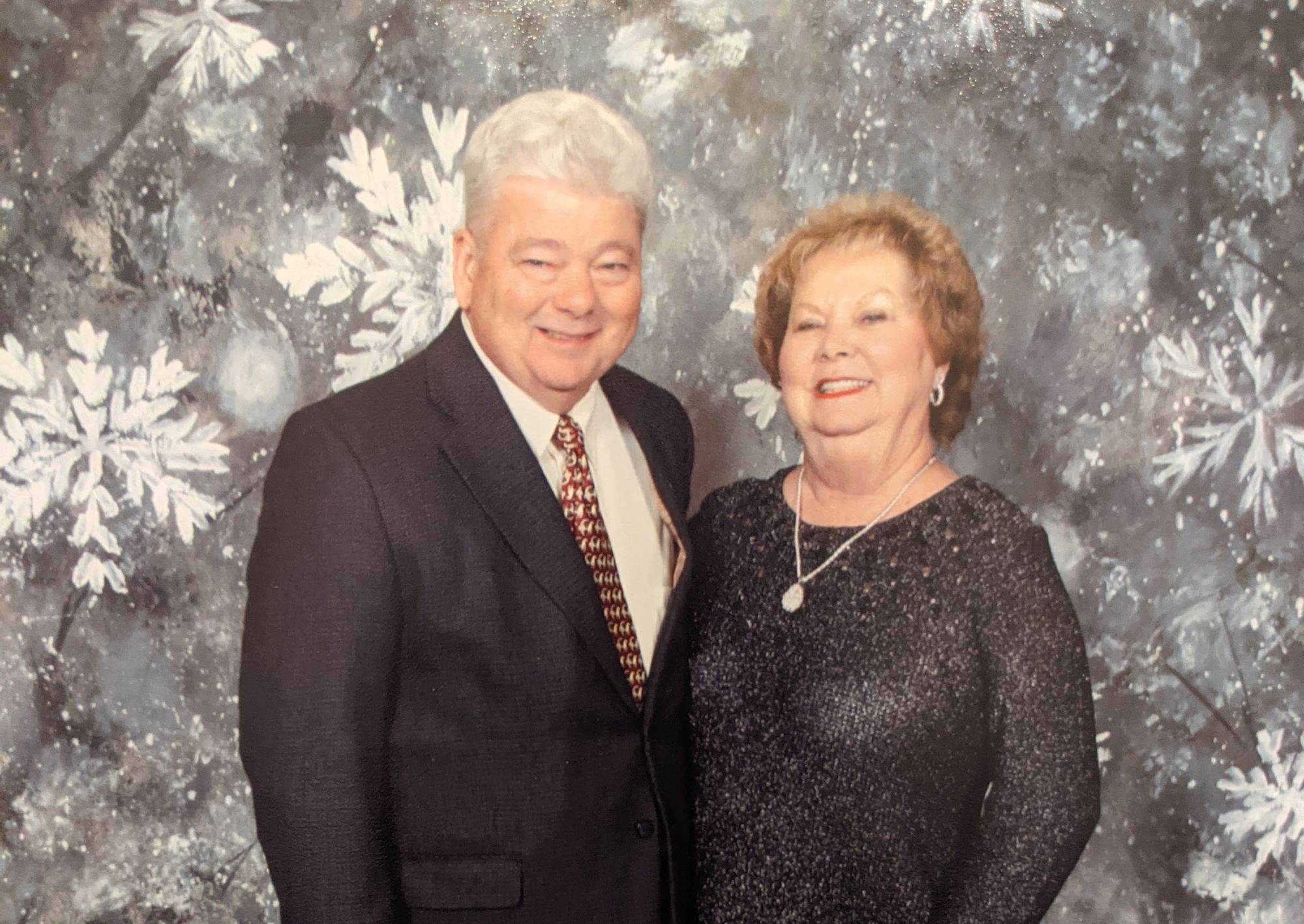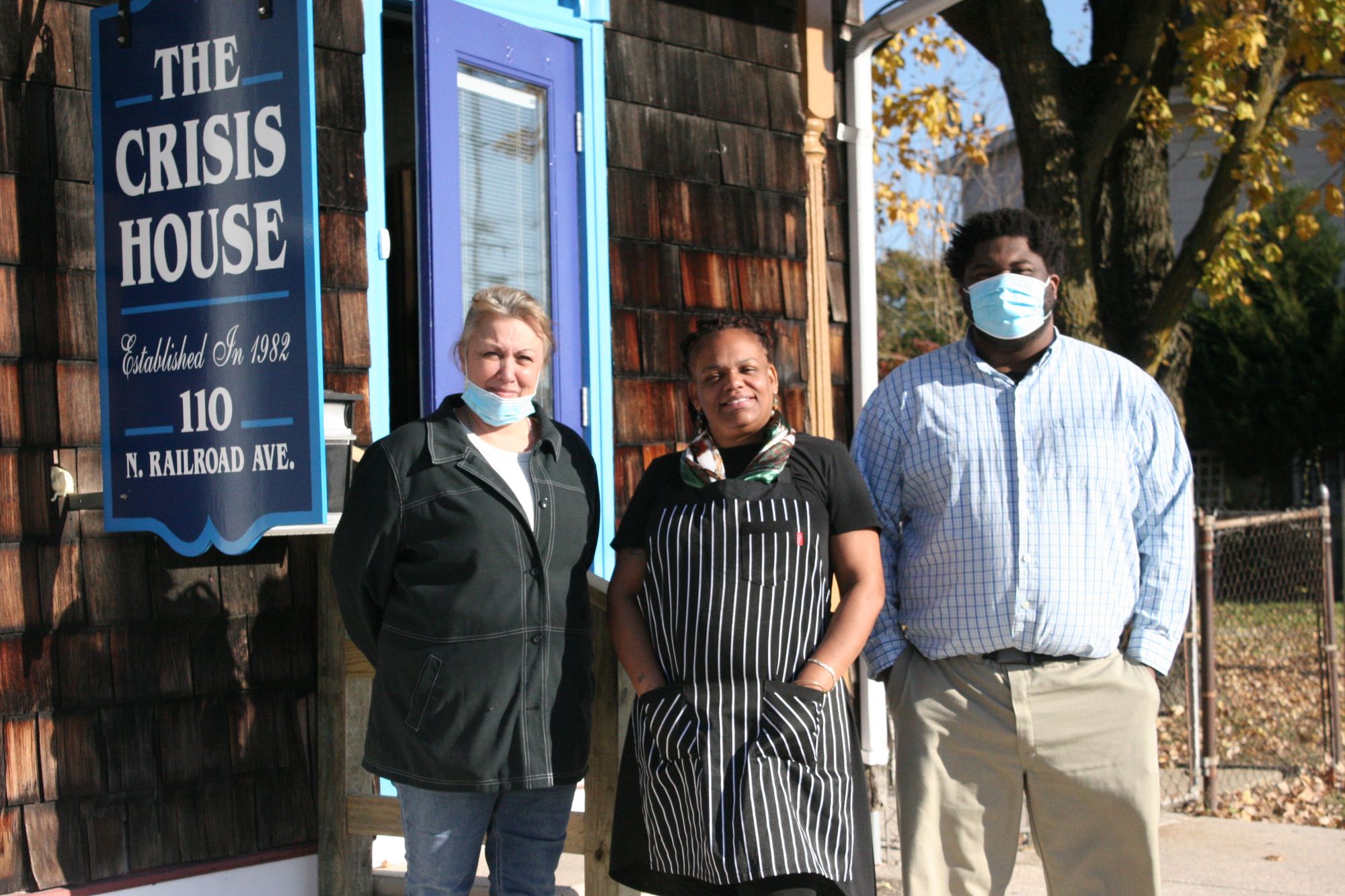Phillis Wheatley School: The story behind the name
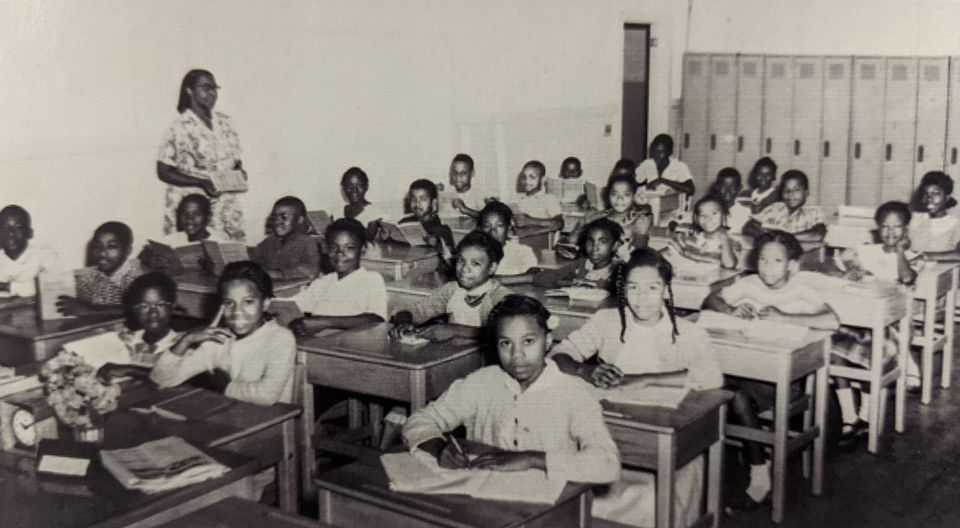
The sign with letters in Woodbridge blue and white welcomes students each morning: Phillis Wheatley Elementary School.
There’s quite a story behind the name on that sign off of Church Street in Bridgeville. Of course, it’s the name of a groundbreaking Black woman who earned renown for her poetry despite being enslaved in Massachusetts in the 1700s. But in Bridgeville, it means even more.
“I cannot imagine Bridgeville without Phillis Wheatley School, and what all of that meant,” said Jacqueline Goodwin, who attended the school in the 1950s and early 60s and has helped preserve the school’s history.
“That’s so much a part of not just my heritage, but it’s been so much a part of my life.”
How it all began
Some called it the Bridgeville Colored School in the old days, but the community named it after Phillis Wheatley soon after the building was constructed in 1921. It bore the alternate spelling of “Phyllis Wheatley” then, but the name has been updated to be more historically accurate. (In this article, the original spelling is used in its historical context).
The school has been thoroughly remodeled in recent years, but the old structure still houses classrooms – it’s the portion closest to Church Street.
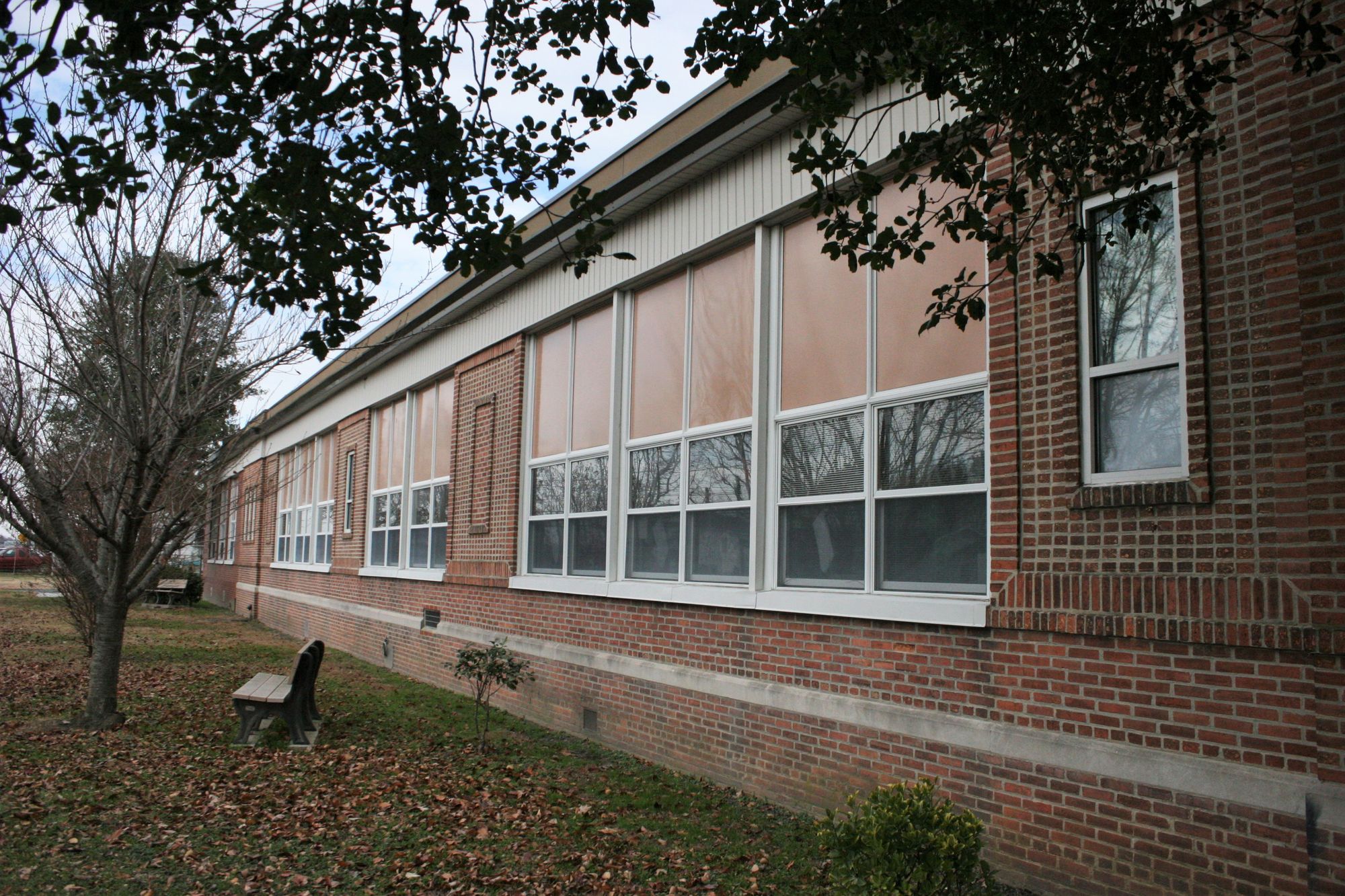
The original school was one of many built around the same time as part of a philanthropic effort by Pierre S. du Pont to upgrade Delaware schools, but the history of education for Black children in Bridgeville goes back much further than that.
Quakers and other religious groups in Delaware had been providing some education for Blacks even before the Civil War, according to Bradley Skelcher’s history, “African American Education in Delaware.” An education movement gained momentum after the war and as part of that in 1867, a request was made for a school for African Americans in Bridgeville and residents were provided materials for a one-story wooden building.
A 1957 article in Wilmington’s Journal-Every Evening states there was at some point a two-story frame building on the site of Mt. Calvary Methodist Church on Church Street, with the lower floor used for a classroom and the upstairs as a hall for a Good Samaritan Lodge organization.
The Black community, Skelcher noted, was dedicated to education as a way to improve their lives after coming out of slavery. They saw it as a way to not only strengthen their communities, but improve their financial fortunes and produce good citizens.
At the time, education was in appalling condition for people of all races in some parts of Delaware.
“Until the second decade of the twentieth century, Delaware did not have anything resembling a statewide school system,” according to a history put together by the Hagley Museum. “Local school districts operated with almost complete autonomy. Most rural schools were one room schoolhouses without indoor plumbing, adequate heat, or lighting.”
Du Pont set out to change that, donating $6 million from 1919 to 1940 to upgrade schools, many of them for Black children. He also successfully lobbied to desegregate the tax system so Black schools could get better public funding.
Bridgeville’s Black community had already been educating its children at its own expense, but the new five-room brick schoolhouse gave a big boost to the effort.
As at any other school, politics could be a part of life. By 1927, a principal named E.W. Hartgrove was embroiled in a power struggle with his board of trustees and a couple of the teachers.
“The whole district needs a jacking up,” he wrote to a state official. They took him seriously, if not in the way he was hoping: By 1928, Hartgrove was no longer listed as a school employee.
George E. Dredden took over as principal in 1931 and would bring stability to the school, serving at its helm all the way until 1966 when the school was desegregated. He went on to become the first Black school board member for the new Woodbridge School District, according to his 1984 obituary.
Dredden’s long stint as school principal indicates his popularity, as does an incident in 1933-34 when the trustees tried to replace him: An outcry ensued. Letters to the state board of education, one signed by more than 40 residents, bashed the trustees and begged for Dredden to be reinstated.
Sign up for more local stories from the Delaware Independent
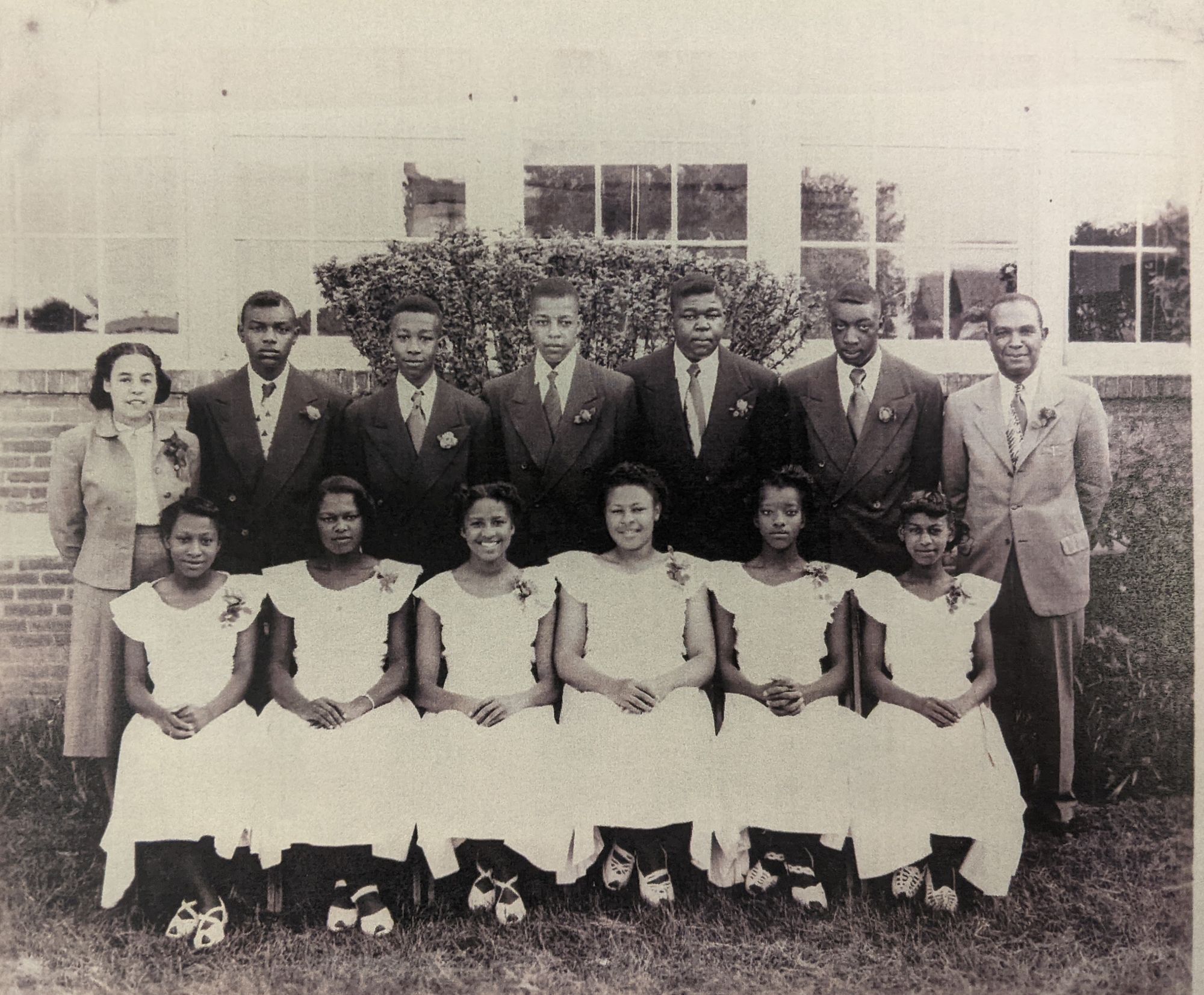
School life
In the early days Phyllis Wheatley housed all the grades up until high school. Depending on the decade, it offered education through grades eight or nine.
“Before the early 1950s,” a history of Delaware’s school districts notes, “secondary education for blacks was neglected, and a complete high school education was almost impossible and gained only by determination and favorable circumstances.”
Bridgeville resident Agusta Carr-Ross, who turns 94 in January, recalled the difficulty of finishing school back then. She attended Phyllis Wheatley in the 1930s and 40s, then completed 10th and 11th grades at Frederick Douglass School in Seaford. To graduate, she then had to attend 12th grade at Delaware State College’s high school in Dover, which was a boarding school.
“I had three graduations,” she said.
She recalled classrooms at Phyllis Wheatley hosting multiple grades, with partitions helping separate students when needed.
It’s difficult to tell exactly how many students attended the school. But a 1918 news article notes that 103 students had signed up for Junior Red Cross to help the war effort, so there were likely a few more students than that total. The school continued to grow, adding ninth grade in the 1930s. By the 1950s, there were around 200 students. By 1965, the last year before integration, there were more than 300 students.
Attendance during the year tended to fluctuate since some families were migrant farm workers, and many children helped with agriculture work. Attendance records from both 1926 and 1937, for example, show an abrupt increase in absences in late May.
A 1938 letter from Dredden may explain this. He wrote to the state asking for permission to open school on Saturdays to make up lost time. “During the strawberry season, a large percentage of our pupils stay out of school to pick strawberries,” he wrote.
By 1951, the school finally was able to deal with overcrowding by adding another classroom, a cafeteria and a kitchen, Dredden told the Journal-Every Evening. A 1952 drawing shows six classrooms, a kitchen and cafeteria, a multipurpose office room, two small bathrooms, a coal bin and boiler room, cloakrooms and a few lockers. By 1954 the school was expanded to seven classrooms with an auditorium.
By that time, it had consolidated with the nearby Trinity School, and, to deal with overcrowding, went back down to eight grades. Students who wanted to attend ninth grade had to go to William C. Jason Comprehensive High School in Georgetown.
Carr-Ross remembered using second-hand textbooks in class. “I imagine the state saw that we got some books … some were decent and some weren’t,” she said.
Not everyone had a book, and so students shared them. “But we got our work done,” she said.
The school added a home economics course in 1938 for seventh to ninth grades for both boys and girls, although a lot of the rationale was about educating girls.
“In view of the fact that some of our girls drop out of school before finishing the ninth grade,” Dredden wrote in a letter, “I feel that it is all the more important that they have some training in home economics in order that they might, at least, become more worthy home members.”
Carr-Ross said girls in the home economics class would cook lunches for the school, and then students would take the food back to class to eat.
“I remember cooking oatmeal, beans, nothing fancy,” she said.
Teachers at the school ran a tight ship, according to Carr-Ross. “They demanded respect.”
“Insist that your pupils obey all school rules,” a school manual read in 1949, and “each teacher is held responsible for the conduct of her pupils during the entire day.”
They were expected to be respectful to their teachers, and boys had to take off their hats when they came indoors.
“Living right in town, you better not do nothing wrong,” Carr-Ross said, laughing. “Your parents would correct you right then and there.”
Goodwin recalled the same thing, saying teachers were no-nonsense.”If you acted crazy in school, you got it in school, but then they would march you right into your house,” and parents would back up the teachers. Incidents were “very well handled, believe me,” she said.
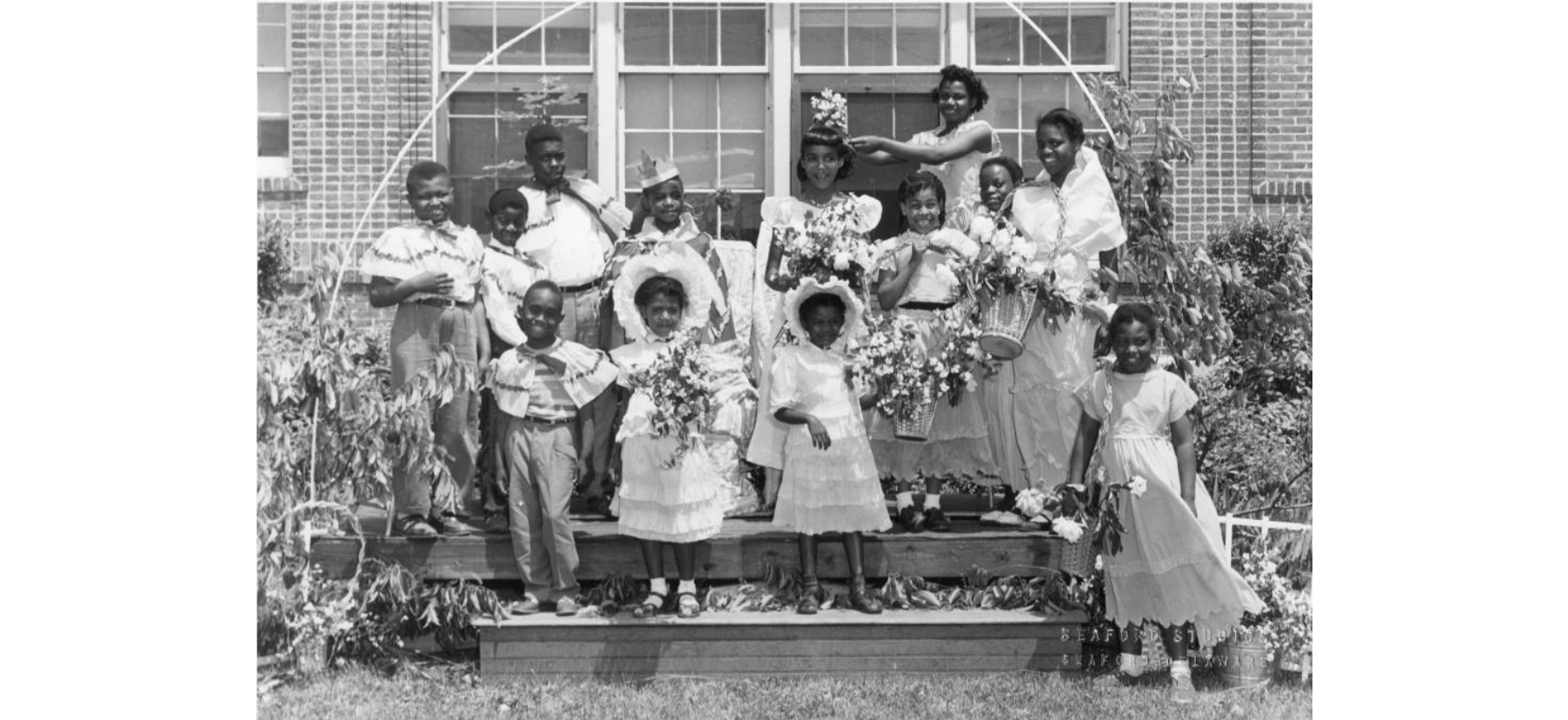
She remembered her teachers fondly, though. “The strongest basis for my education and knowledge was established through Phillis Wheatley school … I can’t say enough about our teachers.”
They had their work cut out for them. As late as 1949, there were only four teachers for the whole school, including Dredden himself.
Those teachers were not exactly overpaid for their efforts. That wasn’t necessarily because it was a Black school, at least by the 1950s, as records from the time show teachers at Wheatley making about the same as others in the state.
A number of teachers at Phyllis Wheatley made $4,400 in 1952, for example, or about $46,000 in today’s money. That may not sound so low, but this was the standard salary for teachers with 10 or more years of experience in Delaware. In 1942, the school hired a new young teacher named Mildred Pinkett at a starting salary of $1,200 a year, or a little over $21,000 in today’s money.
It was also a struggle to get needed resources for the upkeep of the buildings. Du Pont had built the school, but the state was in charge of maintenance money. It could be very stingy.
In fact, in 1938 officials even wrote to a contractor and ordered the removal of a hot water system that the trustees had installed, because it had not gotten state approval.
Carr-Ross remembered the heating system in the school’s basement, where the students were not allowed to go. “The custodian would go every morning and fire it up so it would be warm when we got to school,” she said.
For years, Dredden cajoled state officials to fix the faulty boiler that heated the school. By 1944, he wrote urgently, “Last winter the temperature in all classrooms ranged between 46 and 56 degrees for more than three weeks,” and the janitor had to nurse the furnace all night a few times.
Nothing was apparently done, because in 1945, the trustees ordered the school closed for a while because there was no heat in the building.
Dredden stayed courteous, but an exasperated tone came through. “According to our records, the matter of the condition of our heating plant has been brought to your attention before with unfavorable results,” he wrote.
It’s hard to sort out years later how much of this was because of racism and how much was because education priorities and norms were very different back then. Likely both were factors.
Conveniences modern students take for granted were unheard of. One Phyllis Wheatley school rule book in the 1949-50 school year reminded teachers to only open windows with screens, and suggested they use yellow chalk on cloudy days when the light was bad.
Despite the challenges, daily routine included fun and celebration. Carr-Ross remembered playing games like dodgeball, hopscotch and jacks, and sometimes the girls competed with the boys in baseball. The students would take a bus to Dover to practice the maypole dance for May Day festivities.
The years went by with a rhythm of PTA events, school plays and celebrations like Christmas pageants. One tradition that sounds a little unusual now was a flower show and chicken supper.
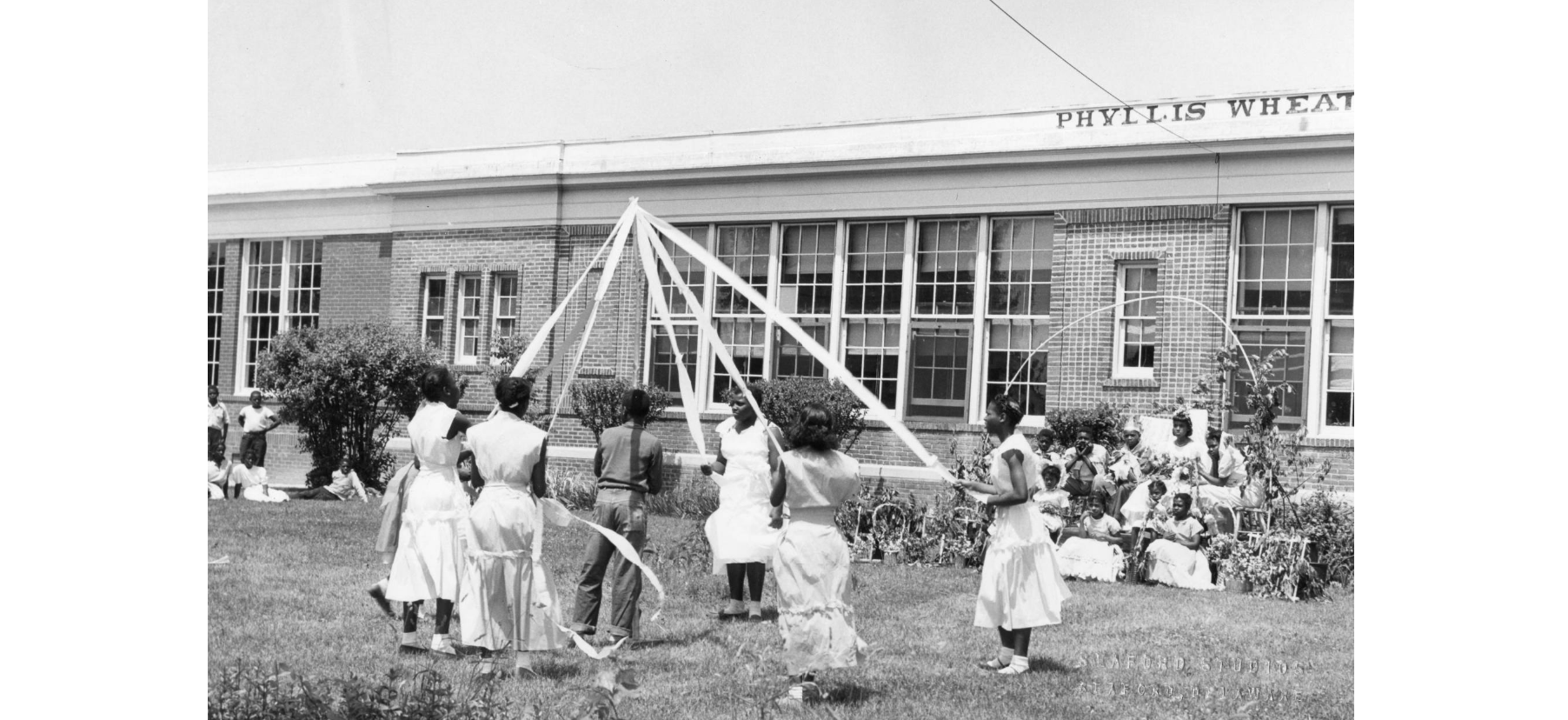
Pride of the community
The school was woven deep into the life of the North Bridgeville community.
“It was a very strong community bond, everybody was related to everybody … our parents and grandparents went to Phyllis Wheatley,” Goodwin said. Current Bridgeville Commissioner Marlene Saunders said her mother attended Phyllis Wheatley at the same time as Carr-Ross.
Former students kept up a connection after integration, eventually starting up reunions and an alumni organization. Over the years, though, the reunions, which she called big celebrations, have petered out as time takes its toll. Both the original founders died this year, Goodwin said.
Goodwin spoke with pride about what the school’s namesake Phillis Wheatley meant to them: Someone to look up to as the nation’s first African American published poet, one of its first female poets, and a woman with international recognition.
“That history meant a lot to us,” she said.
In the new school, a portrait of Wheatley hangs in the foyer at the main entrance, and Goodwin speaks of it fondly, saying the artist captured her to perfection. “That portrait is outstanding.”
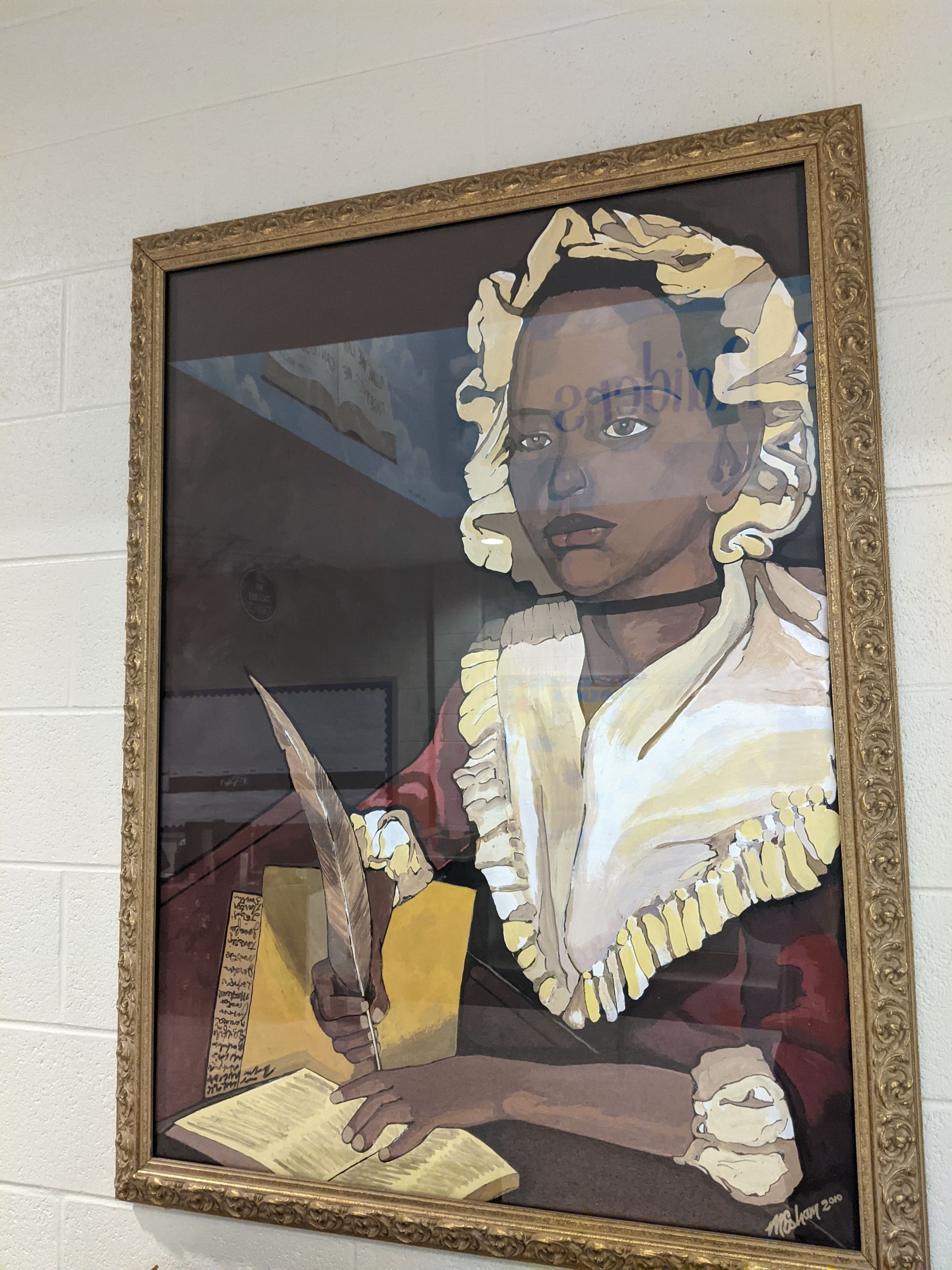
That pride lives on in the younger generation too. Garrett Johnson, of Seaford, grew up in Bridgeville and attended the school from 1979-81. He heard stories about the old segregated school from family and community members, and when he later worked at the building as chief custodian he took pride in keeping it in tip-top shape. “I told Phillis … we’re going to do it right.”
Although the entire existence of the school was due to the injustice of segregation, Goodwin can't help feeling something was lost when desegregation finally came to Bridgeville in 1966 (the district that would become Woodbridge was officially approved in 1967). The community had built something of value.
She recognized the good that came from ending segregation, but “I personally felt I wasn’t missing anything. I got an excellent education through my elementary school. So to lose that, it was kind of like a sadness to me,” she said.
She also felt students lost the advantage of having Black teachers to look up to. “We lost role models,” she said.
The fight to bring back the name
The school also lost the moniker Phyllis Wheatley after desegregation when it was renamed North Bridgeville Elementary.
“Why are you taking the name? We couldn't understand why they were doing it,” Carr-Ross said, looking back on the decision.
“What was wrong with ‘Phyllis Wheatley’?”
Decades later, a group of former students began advocating for a return of the traditional name (although Goodwin also insisted on the more historically accurate spelling).
“It was our heritage,” Goodwin said.
The group’s arguments prevailed, and then-superintendent Kevin Carson and the Woodbridge school board were very supportive, Goodwin said. “They unanimously voted to give the name back, so that was a wonderful thing.”
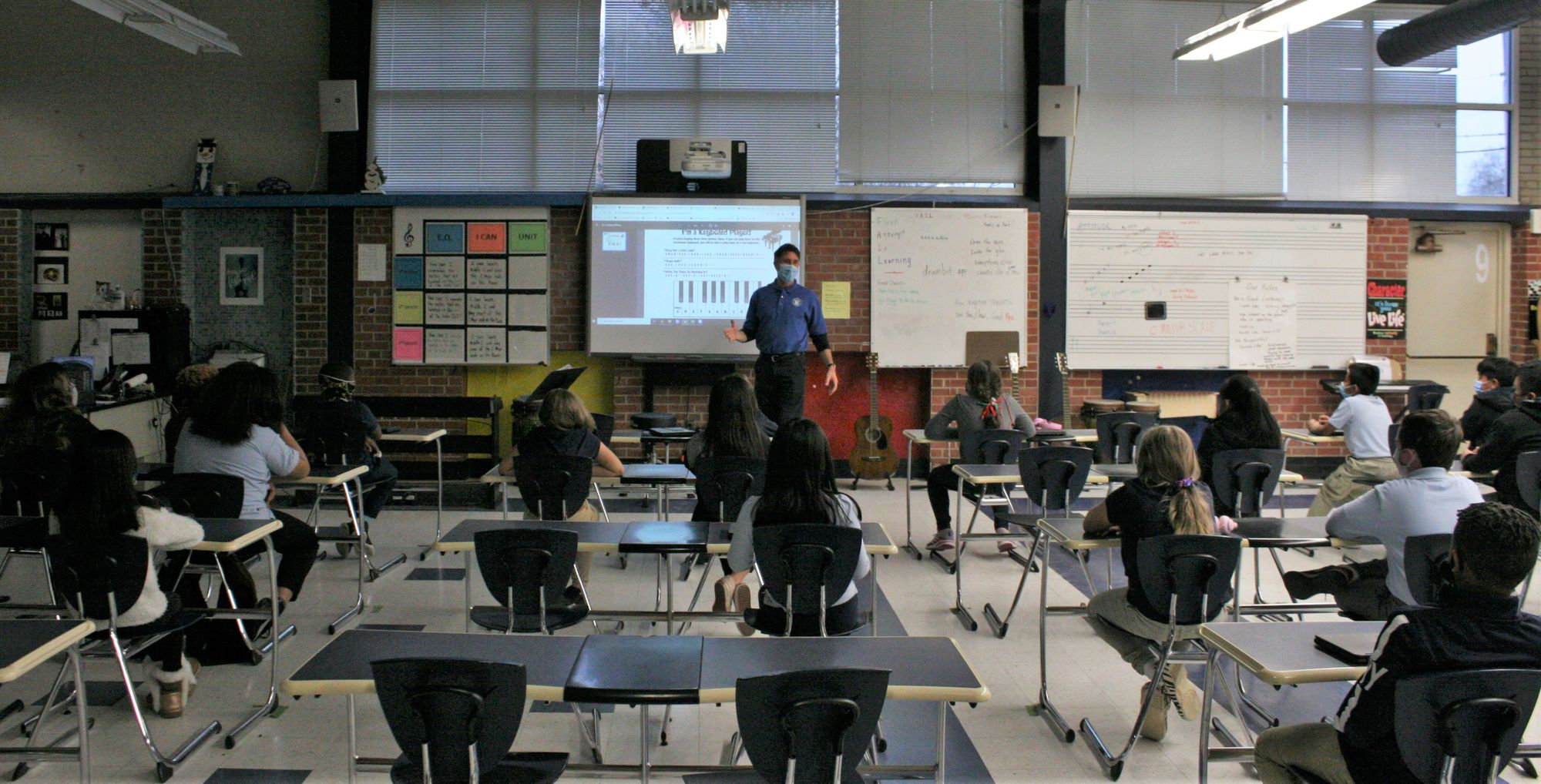
And so it was that in June 2004, after a major renovation the school was officially renamed Phillis Wheatley Elementary School. The new wing added 65,000 square feet and 19 classrooms, the News Journal reported, at a cost of $12.5 million.
The new building embraces its historical legacy. Along with Wheatley’s portrait, a historical marker hangs in the main foyer.
The Phillis Wheatley name is spelled out in huge letters on the side of the building, a monument not just to a Black icon but to the community’s centuries of struggle and hard work for education and equality.
Sources include: Delaware Public Archives; “African American Education in Delaware" by Bradley Skelcher; "A Separate Place: The Schools P.S. du Pont Built," from the Hagley Museum and Library; "Delaware School District Organization and Boundaries" by Roger Mowrey; Newark Post of March 20, 1918; Journal-Every Evening of Oct. 11, 1957; Morning News of Oct. 20, 1967; News Journal of March 5, 1984; News Journal of June 9, 2004.
More stories:
